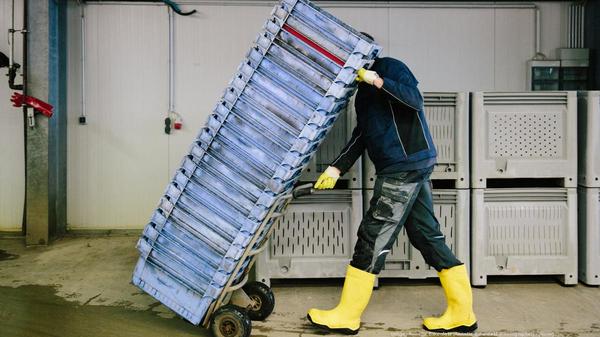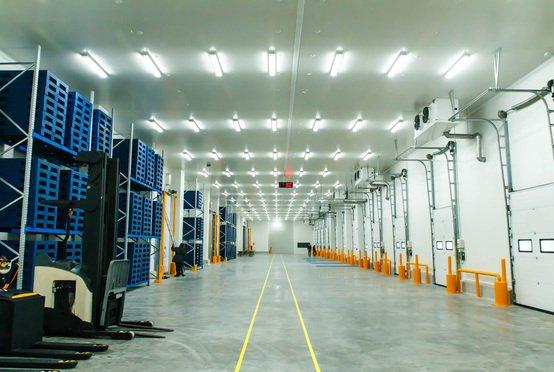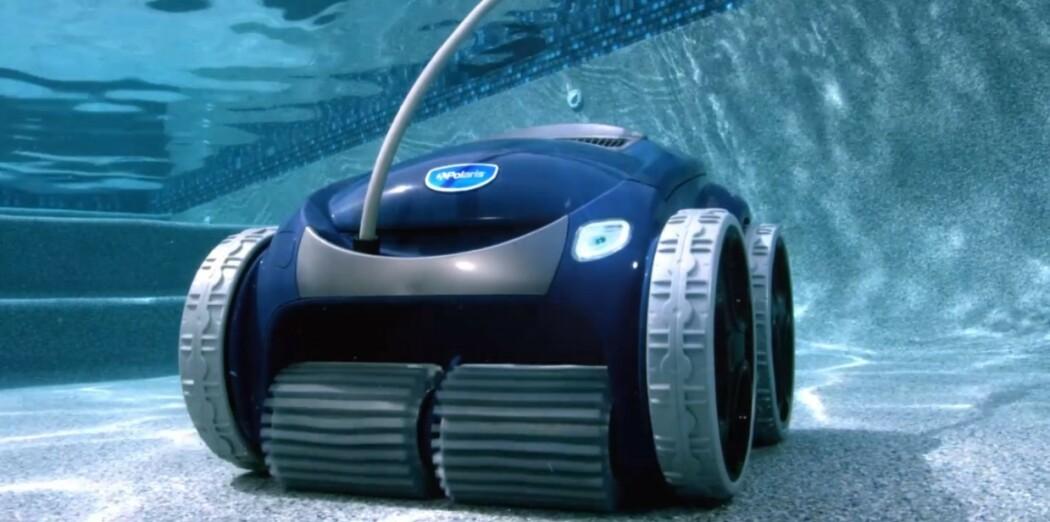Lack of Magnesium Freezing Out Cold Storage Construction
Demand for refrigerated warehouses is soaring, but there’s an issue; it’s getting hard to build more of it. Shortages of raw materials such as magnesium is setting back an already challenged CRE sector.
By 2027, cold storage construction is projected to reach $18.6 billion in value— or an increase of 14% each year, according to Emergen Research.
But the effort to build new cold storage facilitiesis being held back by rising costs of raw materials, a lack of building supplies and the global steel shortage. Europe is forecast to run out of key building component magnesium this year. China, which produces 87% of the world’s magnesium, has slowed production due to rising energy costs, according to a new report by JLL.
“Alongside investor interest, speculative cold storage development has risen, but not enough to satisfy recent demand,” Holger Klatt, EMEA Business Development Director for Logistics & Industrial at JLL, said in the report. “Speed of project delivery has undoubtedly been impacted.”
Pandemic’s Impact ‘Cannot Be Understated’
The pandemic’s impact on both the grocery supply chain and medicine storage cannot be understated.
“Recent supply chain unpredictability has put the focus firmly on space utilization and capacity,” Klatt said. “Across Europe, high capacity of current cold storage warehouses, as well as a limited pool of cold storage service providers, is a challenge, particularly in peak periods.”
In the US alone, facilities are running atmaximum capacity, according to JLL. In Asia Pacific, pressures vary depending on the maturity of respective markets.
The rising demandhas piqued interest among investors, notably in China and in India, says Tom Woolhouse, Head of Logistics & Industrial for Asia Pacific at JLL, in the report.

“Both investors as well as operators are seeking scale,” he says. “And it’s those markets where there’s evidence of middle-class income growth where there is most demand— and where development pressures will build up.”
Cold Storage Development is a Complex Process
Unlike other parts of the supply chain that are “dry” such as warehousing, cold storage development is a complex process requiring attention to fine details, from hygiene standards to waste management, JLL explains. Flooring and insulation alone differ greatly, with specific requirements for units storing fresh goods rather than, say, clothing or furniture.
Until now, new construction has typically been favored, with build-to-suit a common route.
But given the shortages, some groups are considering other options, JLL says. In dense, urban locations, developers are looking at multi-storey re-developments and remodeling, which requires fewer raw materials than starting afresh and cuts project delivery time.
“There’s definitely scope for adding floors to existing facilities,” Woolhouse said in the report. “Asset enhancement and expansion could prove wise, particularly while the short-term issue of raw material supplies remains.”
Existing Warehouses Need Upgrades
Many existing cold storage sites are now in need of upgrading— and that should form the basis of the sector’s growth, Klatt said.
“With all parts of the supply chain looking to improve their sustainability credentials, retrofitting is also a wise route for investors and developers who seek to deliver facilities with sustainability in mind,” he added.
With strategic partnerships and joint ventures,such as that launched last year by Cerberus Capital Management and California-based investor Provender Partners, continuing to seek out opportunities, capital is not an issue.
“The next few months will determine to what level developers can offer quick and efficient solutions,” Klatt said. “The raw materials bottleneck has in no way deterred investors. If anything, it has merely added to the pipeline pressure.”



